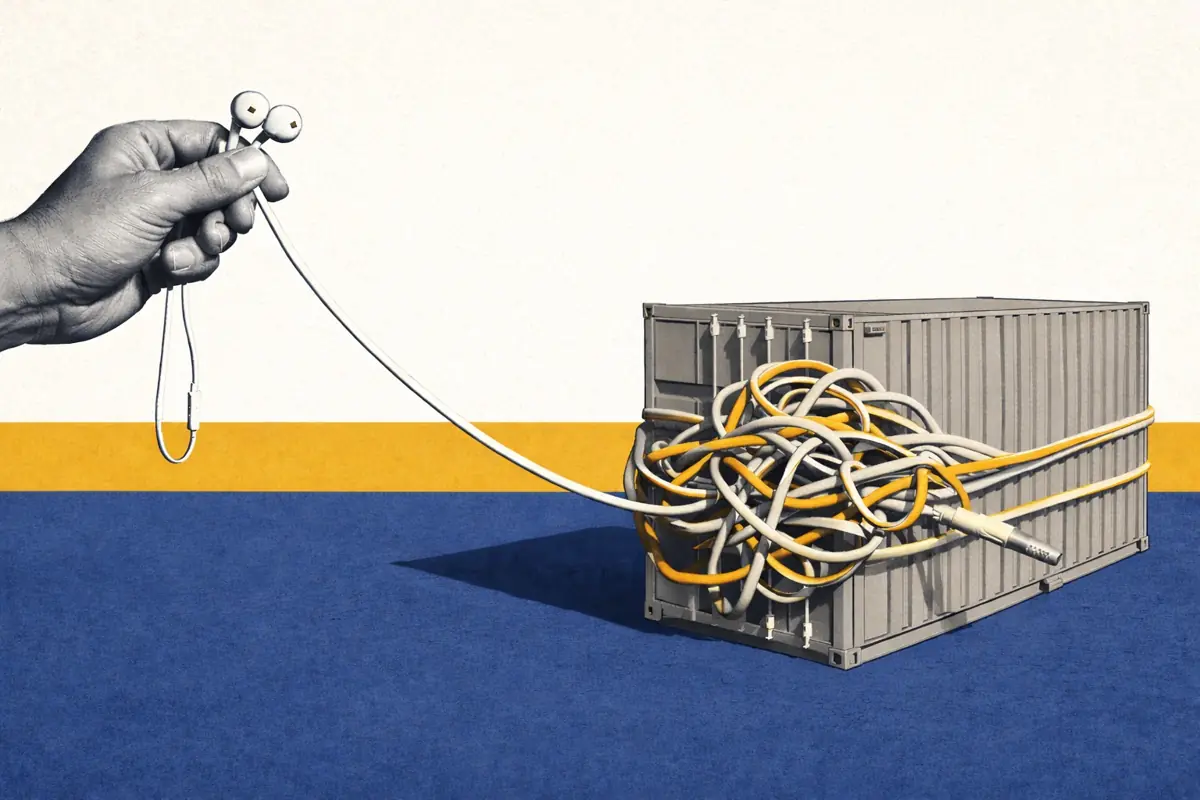Frequency response rule changes: What is the ESO proposing?
The ESO is consulting on rule changes to the Dynamic Frequency Response suite of services. The consultation is open for industry responses until July 29th 2024. If implemented, the changes will affect Dynamic Containment, Dynamic Moderation, and Dynamic Regulation. This article looks at the proposals and how they might impact battery energy storage operations.
All proposed changes to Dynamic Frequency Response services
The ESO is proposing the following changes:
- Removal of maximum ramp rates
- Changes to state of energy management
- Requirement for operational data from non-BMUs
- Sending dis-arm and re-arm instructions outside contracted periods
- New penalties for non-delivery
- Increasing maximum contract size to 100 MW
- Zero deadband for non-duration limited units
- Payments to secondary providers
You can view the full documentation on the ESO proposals here. The ESO has requested industry to submit feedback through the proforma displayed on their site with the proposals.
The ESO and Ofgem will review the proposals, and, if approved, the changes will go live in November 2024.
Removal of maximum ramp rates could increase battery revenues by up to 12%
The ramp rate of a battery describes how quickly it turns up generation or demand, measured in MW/minute. Maximum ramp rates restrict batteries from increasing power in the opposite direction to their frequency response contract. Currently, ramp rates are limited to 5% of the frequency response contract volume/minute. So a 50 MW battery with a 10 MW Dynamic Regulation High contract can only ramp up at 500kW/Min.
This means the maximum ramp rate rule can limit how a battery stacks frequency response with trading. Its removal could result in battery revenues increasing by up to 12%.

The ESO will enforce state of energy management
The ESO offers guidance on how batteries should reserve power for energy management when providing High and Low frequency response at the same time. For example, providing 30 MW of Dynamic Regulation High and Low. This is sometimes referred to as a ‘Symmetrical frequency response contract’. This guidance states that batteries should reserve enough power in the opposite direction of their contract to recover 20% of the energy required to perform the service in a settlement period.
Each frequency response service requires batteries to be able to dispatch at full power for the following durations:
- 15 minutes - Dynamic Containment
- 30 minutes - Dynamic Moderation
- 60 minutes - Dynamic Regulation
This means battery operators should calculate how much power must be reserved for a given contract size in each service, and adjust their bids accordingly. They can use the table below to do this.

For example, a battery providing 30 MW of Dynamic Regulation symmetrically needs 30 MWh of energy (60 minutes at full power) to provide the contract. It would need to be able to recover 20% of this energy (6 MWh) per settlement period. To recover 6 MWh in a settlement period (30 minutes) it would need to import or export at 12 MW. This is the amount of power the battery would need to reserve for state of energy management. The battery can use the rest of its available power in other markets.

The ESO will now enforce this as part of the service terms, and it will no longer be offered as guidance. Additionally, batteries should ensure they manage energy sufficiently during delivery. If a battery enters an EFA block with too little energy to deliver its frequency response contract, it will be deemed unavailable and in breach of the service terms.
Non-Balancing Mechanism units must submit operational data at all times
Currently, non-Balancing Mechanism units (BMUs) do not need to submit operational data at all times. This data includes operational metering data, baseline data, and performance data.
The ESO uses this data to check if units are providing frequency response as expected. The ESO has proposed changing this so that non-BMUs need to submit the same data as BMUs. This will give the ESO better visibility of battery resources available. Failure to submit operational data will incur a performance penalty.
The ESO will send operational instructions before frequency response contracts start
This change allows the ESO to send batteries instructions to stop/restart the provision of frequency response (disarm/re-arm) before the contract begins. Occasionally this is necessary if a battery may cause operational issues such as frequency oscillations by providing the service.
Currently, the ESO can only send these disarm/re-arm instructions during contracted periods, leading to a short period where a unit could cause operational issues before receiving an instruction. Batteries will be penalized based on the new performance penalty systems that fail to disarm or re-arm when instructed will be penalized based on the new performance penalty system.
Frequency response performance penalties will follow a tiered system
The ESO has proposed a new tiered system for performance penalties for non-compliance with frequency response service terms. The new system involves stronger penalties for repeated breaches of the service terms. The ESO will evaluate daily performance of batteries every month. The table below shows which criteria batteries will be checked against, and how the penalties will be applied. Some checks and penalties will be applied at the discretion of the ESO account manager (ADAM).

This new system adds the option for the ESO to remove payment for an EFA block, or temporarily suspend a battery. It also includes specific limits on the number of daily breaches a unit providing frequency response can incur before penalty severity increases. Currently, the ESO can only remove payment for a settlement period or de-register a unit.
100 MW units could provide all frequency response services
Currently, the maximum contract size for Dynamic Regulation and Dynamic Moderation is 50 MW, and 100 MW for Dynamic Containment. The ESO proposes increasing the maximum contract size for Dynamic Regulation and Dynamic Moderation to 100MW.
Dollymans, owned by Statera, is the only operational 100 MW battery in Great Britain. However, by the end of 2024, Blackhillock Phase 1 (Zenobe) is expected to be operational, with two 100 MW units registered.
The ESO is planning to allow new technologies to provide frequency response
The ESO has proposed that technologies that are not duration-limited can provide frequency response and will allow these units to nominate a ‘zero deadband’. This means they would respond to frequency changes as soon as the frequency deviates from 50 Hz. For batteries, there is a +/—0.015 Hz deadband in which they do not need to respond.
This change would not come until March 2025 at the earliest. The ESO will publish additional documentation when it does.
The ESO will pay secondary providers directly
Frequency response providers can transfer contracts to an alternate provider. However, the ESO still makes availability payments to the initial provider, who then transfers the payment to the secondary provider. To simplify this, the ESO will send availability payments directly to the secondary provider.







